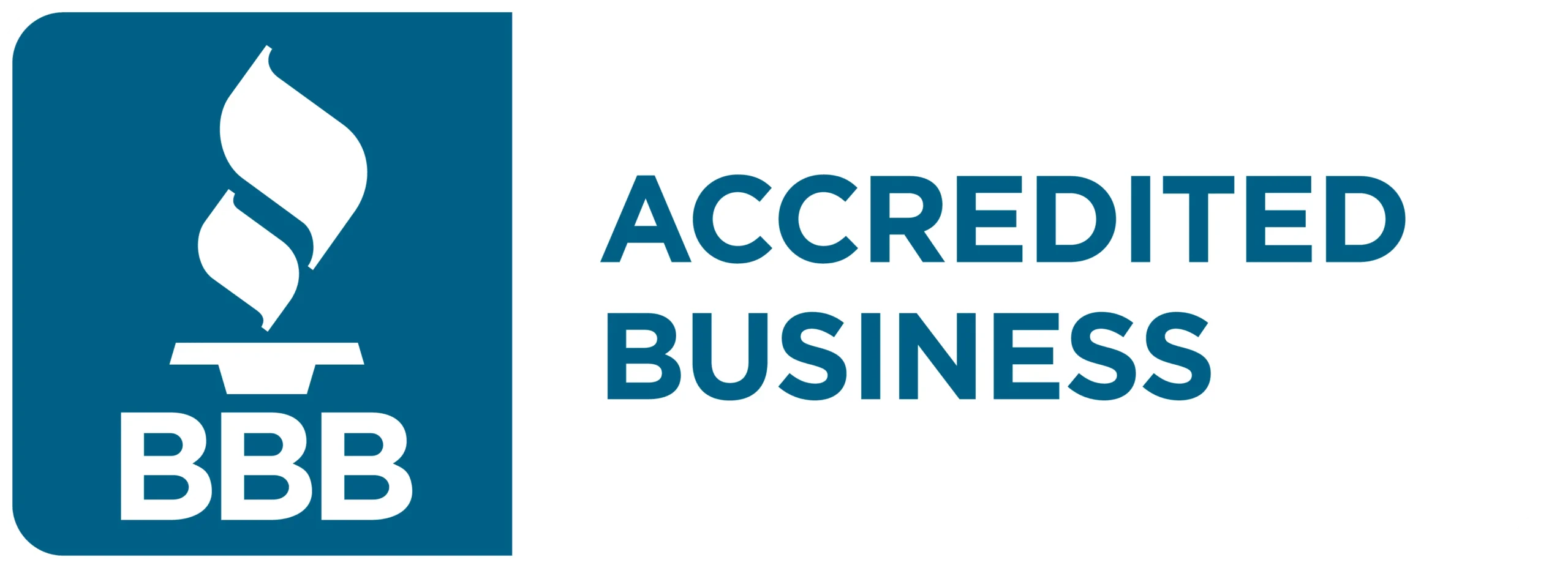Download Our eBook: 8 Fundamentals of an Internal Communications Strategy
If your people are sending out the “whatever” vibes, it’s time to get back to the basics. Make sure your internal communication strategy is following 8 fundamentals to cultivate an engaged workforce aligned with your company’s success.
Pre-Event Engagement
If you want to excite and engage your attendees before they even walk through the doors, you need to generate some pre-event buzz.
By implementing strong engagement tactics prior to the event, you’ll increase your chances of success. One way to amp up the energy is to release teaser content. As the big day inches closer, start releasing videos periodically to visually show your attendees what’s to come.
As you begin to gear up for the event, social media should be your best friend, especially hashtags.
Since most of your attendees are already using social media, this is one of the most convenient ways to reach them. What’s great about hashtags is that they measure social media engagement. This lets you you can see what your people are saying about the event.
Now, when it comes to corporate events, one size does not fit all, so attendee input should play a big role in your communications strategy. By sending out surveys through email campaigns, you can ask questions like what they want to learn, what they liked/disliked about past events and what activities they want to participate in.

Off-Site Engagement
While it’s important to focus your time and energy engaging the people attending your event, your non-attendees are just as important. Just because they can’t physically be there doesn’t mean they can’t be a part of the experience.
Live streaming major moments of the event on social media is an easy way for off-site attendees to see what’s going on in real-time. With live stream, viewers can leave comments and ask questions, making them feel like they’re part of the conversation.
Similar to live streaming, consider incorporating live, interactive videocast Q&A sessions whenever possible. If the only time for attendees to connect with speakers is at the event, this gives your non-attendees the same opportunity to ask questions and give feedback on the presentations.
Your efforts won’t go unnoticed and your people will appreciate that you’re letting their voices be heard.
But off-site engagement isn’t just limited to digital tactics.
Get creative by delivering your “meeting in a box.” This is essentially your conference in a nutshell, consisting of all the important items that represent what your event is about. What’s great about this tactic is that it can be used before and after the event. Whether it’s a physical or digital box, it gives your non-attendees a glimpse of the experience.
Post-Event Engagement
Just like we stressed the importance of a pre-event strategy, the same applies with post-event engagement.
Now that your event is over, you need to make sure that your attendees return home with what they learned at the conference. Your post-event strategy is what drives your message home so it’s important to make the most of this opportunity.
Get ahead of the game by addressing your post-event strategy early on.

How can you incorporate post-event content into on-site activities? By filming and documenting every big moment of your conference, you can create some pretty awesome highlight reels and send them out to attendees following the event.
Another way to relive the event experience is with cascading events. You’ll start by coming up with a thematic name, we’ll use “town hall” as an example. After you determine the theme, have your employees discuss the key ideas that were conveyed at the event. Revisiting some of the key aspects of your event will help to solidify the message you’re trying to send.
And by sharing this information, you’ll involve the people who didn’t get a chance to attend the event.

Tie Your Communications Together
If by now we haven’t stressed the importance of a communications strategy, we’ll stress it again: Internal communications is worth the investment!
By providing attendees with a level of communications that’s open and transparent, you’ll directly invite them to be apart of your company vision.
Not only will they feel emotionally connected to your brand, they’ll feel as if the have a purpose. Engaged attendees are motivated employees and when your people are motivated, your brand will grow.
By utilizing the power of internal communications, you’ll benefit your brand, your people and your events. What’s not to love?






